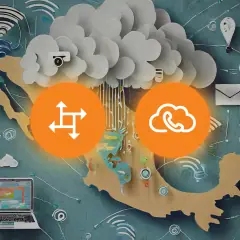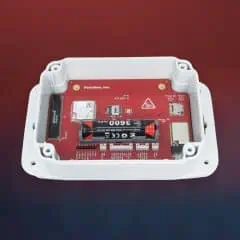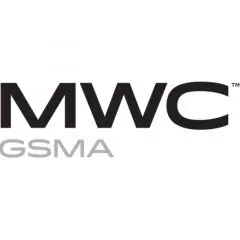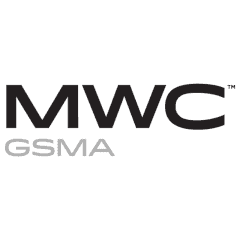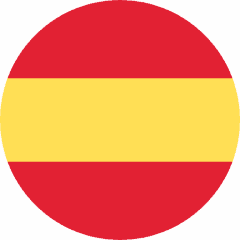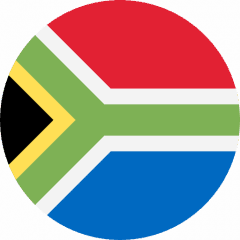Shared line appearance
With shared line appearance, multiple IP phones can now share a single phone number so that different PBX users can co-manage calls to/from that number. This means that any user can answer a call from any IP phone or resume a call that was placed on hold on a different IP phone. Users can see the current state (appearance) of the shared line on any IP phone – for example, whether it’s idle, busy, or on hold.
Say Lisa, the receptionist in a hospital, picks up a call from a patient using the IP phone at reception. The patient wants to talk to Dr. Johnson. Lisa puts the call on hold by pressing the line key 1 and broadcasts an announcement through the IP phone system: “Dr. Johnson, there’s a call for you on line 1.” Dr. Johnson, who is in the intensive care unit, hears the announcement and picks up the IP phone there. The LED indicator for line key 1 is blinking red, showing that there’s a call on hold. Dr. Johnson presses line key 1 to resume the call and talks to the patient.
What’s improved?
Сustomer experience
Customers can configure their PBX like a traditional key system so that their employees can handle calls in the way they are used to.
Billing resellers for subscribers’ bundle overages
Now, you can ensure that you are not on the hook for costs when a reseller’s customers go over their bundle limits – this is especially useful when dealing with bundles, created by a third-party such as a mobile operator providing SIM cards, each having a certain quota of minutes or data. With MR99, when a reseller sells such a package with a usage quota and the end user goes over that quota, the reseller automatically starts charging that customer for their extra usage – and you start charging the reseller as well, while the original MNO starts charging you. In the end, every provider in the chain is compensated for their additional service costs and shares the revenue received.
For example, say you sell SIM cards with a 100-minute quota provided by your MNO partner to your reseller. After the end user consumes that 100-minute quota, your MNO partner will start charging you $0.005/min. On your end, you will start charging the reseller $0.01/min, based on the reseller’s tariff. And the reseller will charge the end user $0.02/min.
So, if Mary Smith has used the whole 100-minute quota within her mobile service package, and then makes a 20-minute call, you will be charged $0.1 (20 min x $0.005/min) by the MNO for her quota overage. The reseller will also be charged – by you – $0.2 (20 min x $0.01/min) to cover that overage. And Mary will be charged $0.4 by the reseller (20 min x $0.02/min).
What’s improved?
Increased revenue
Receive revenue when a reseller charges their subscribers for consuming services over their bundles.
Find more details on PortaSwitch MR99 in the latest New Features Guide.





